The Faces of Climbing’s Golden Age, as They Aged
Jim Herrington's book 'The Climbers' is a masterful tribute to the formidable characters who shaped the sport

There’s a climbing maxim that goes, “There are old climbers and bold climbers, but there are no old, bold climbers.” Photographer Jim Herrington’s new coffee table book, The Climbers ($60; Mountaineers Books), dashes that adage like a chromoly piton driven into friable stone.
Inspired by the Sierra Nevada routes he’d been climbing for more than a decade while living in Los Angeles, Herrington set out in the 1990s to photograph the range’s pioneering climbers, like Glen Dawson and Jules Eichorn, both octogenarians when he finally caught up with them. The next two decades had the North Carolinian vagabonding from California to Cumbria to Kathmandu to capture the world’s elder alpinists who had defined the sport earlier in the century. Herrington somehow did this alongside his day job photographing folks like Mick Jagger and Dolly Parton and Willie Nelson. Now the collection runs to 60 climbers, with 42 pages written by Greg Child—essentially a history of 20th-century climbing that also folds in each climber’s story. Alex Honnold penned the foreword. The stills—all black and white, all starkly honest—speak for themselves.
It’s a 192-page tribute to the greatest hits of climbing’s golden age, and it just won the Mountaineering History category in the Banff Mountain Book Competition. We asked Herrington for the untold stories behind the images.
Pertemba Sherpa
Born 1949
Photographed in 2016
Best known for: Being part of the first expedition to summit Mount Everest by the Southwest Face
“I really wanted Sherpas represented,” says Herrington. “Luckily I got two. I went [to Nepal] originally to get Kancha Sherpa, who is the last surviving member of the Hillary Expedition. During my time there, I found I could get in touch with Pertemba. Before I was about to leave for Paris, he came to my hotel. A gentleman, professional and cool. We had a cup of tea and went for a stroll. If I was in Florida, maybe I would have shot him differently. Or if I was in the countryside, in Vermont. But he’s familiar with the bustle and chaos of Kathmandu, which holds so much climbing history. I knew the streets of the city would be just perfect.”
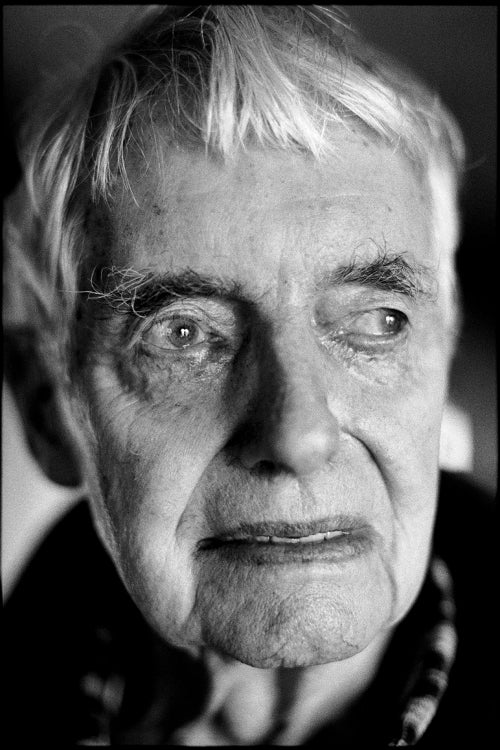
David Brower
July 1, 1912–November 5, 2000
Photographed in 2000
Best known for: Making more than 70 first ascents
“I went up to his house in the Berkeley Hills. It’s the house he had lived in forever, and he had some fantastic stuff in there. Ansel Adams prints, of course, and a great library of mountain books. He sat down and played the piano. We drank martinis. I loved the fact that he was an environmentalist. And he was a Sierra guide. He climbed with Norman Clyde. I mean, Norman was the first Sierra guy besides Ansel Adams that I read about.
“David was very obviously near the end, and the feeling of death was present. The house felt almost crypt-like. [Brower would die within the year.] People have mentioned that it looks like he’s wearing lipstick. I can’t say for sure either way. I’m not by any means trying to make people look bad, but I’m not trying to make them look good, either. What I want is for the viewer to say that this person is substantial. I don’t know who this is, but I want to.”
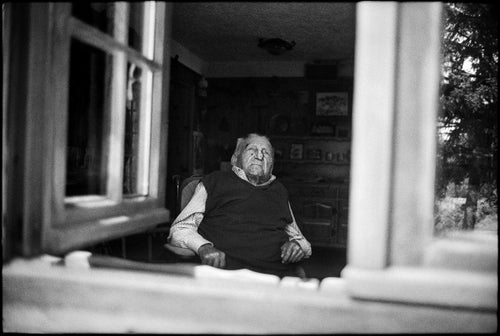
Riccardo Cassin
January 2, 1909–August 6, 2009
Photographed in 2009
Best known for: The first ascent of the Walker Spur in the Mont Blanc massif, in 1938
“It was quite a journey finding out if he was still alive and then locating him. I’d been through multiple hours of research. There was a long list of people involved in connecting me to him. It’s like buying black-market arms: ‘I’ve got a friend in Czechoslovakia; here’s his phone number. You can only call him after midnight. Say this name to him and you’ll get an email.’ It really was top secret–type of stuff.
“Finally, I took a train from Milan to Lecco. And then I was driven up high above the town into the hills. Riccardo was in his home. He was dying. His face was ravaged by what I’m guessing was some kind of skin cancer. He had generations of his offspring surrounding him. There was just this sepia wash in the late-afternoon light, kids laughing in a distant yard. It’s something you don’t really see much in America: the closeness of the family, and everyone taking the time to spend days there. He died a week later.”
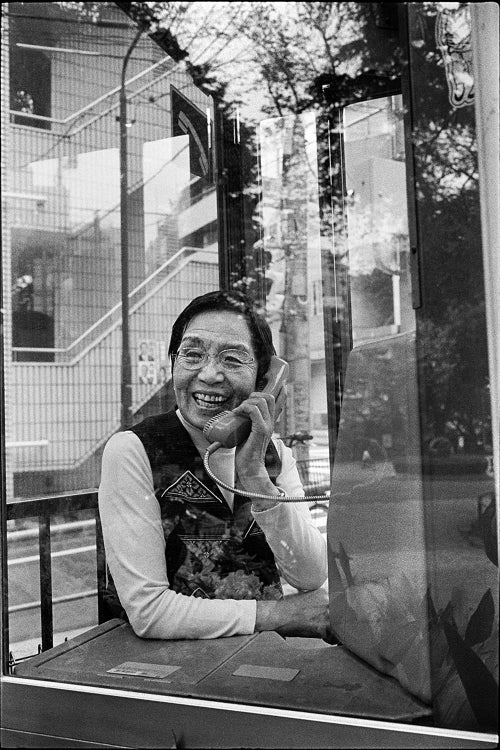
Junko Tabei
September 22, 1939–October 20, 2016
Photographed in 2016
Best known for: Being the first woman to summit Mount Everest
“It took a lot of effort to get to Junko. And remember, I was working on a budget, so going to Japan was not like going to, uh, Poughkeepsie. She was the first woman to climb Everest. That was 1975. I’m not real Everest-centric, but I think that’s a pretty important accomplishment. And the more I read about her, I really loved her story: an all-woman expedition. They got caught in an avalanche, which really busted them up, but they stayed up there and Junko summited.
“She still had the boots and the ice ax she took up Everest. She let me take them a few blocks away just to look for some kind of background to photograph them on. Later, I took her photo. I liked the reflections in the phone booth, because it makes this Japanese woodcut sort of look.”
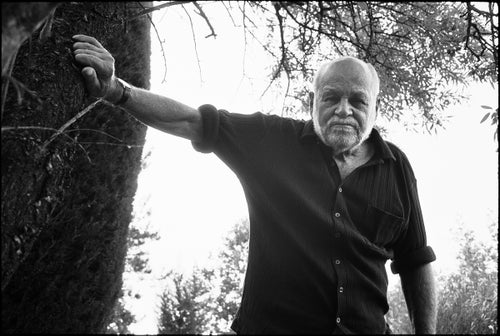
Kurt Diemberger
Born March 6, 1932
Photographed in 2015
Best known for: First ascents of Broad Peak and Dhaulagiri
“Everyone said that he’s not gonna do it, but if he does do it, you’re gonna have to pay for it. I knew his reputation, so I kind of believed them. When I was shooting all the rock-and-roll people, I don’t know how many times I heard, ‘You’re not going to get him; they don’t want to do this.’ But Diemberger himself was a photographer, a documentarist, which is one reason I think he was keen on my book. And I suppose he wanted to be in it since it was about the legends of climbing. So he agreed to do it, and I went up to Bologna, where he lives. He was very kind. You know, you never know what you’re going to get from people, especially when they’re older.
“Mountain climbers are not fashion models. Some of them can be quite stiff, just like anybody in front of the camera, but Kurt has been a good promoter of himself through the years. He was very patient. And then he invited me to dinner. His wife cooked a wonderful Austrian meal. He’s no wallflower, that Kurt Diemberger. And he didn’t ask for any money.”
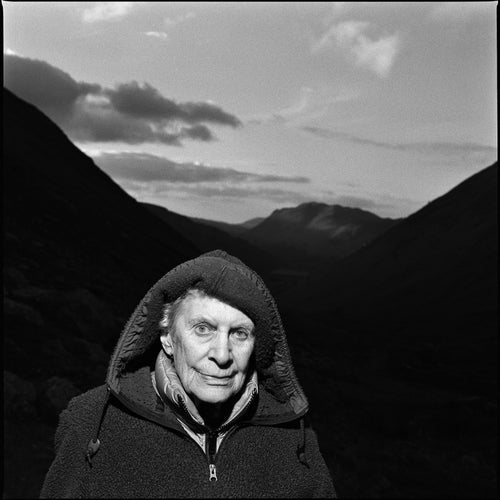
Gwen Moffat
Born July 3, 1924
Photographed in 2015
Best known for: Being the first female British mountain guide
“Pretty early on, I read her memoir, Space Below My Feet, so I knew this was someone special. I met her at her home in Cumbria, in Northern England. She was 94. She got me in the car and drove. She’s just a wonderful storyteller. She was the first female mountain guide in the UK. In the 1940s, she was living alone in these stone huts in Wales. She was a leader, and she was doing it on her own, by her own rules. She’s the protofeminist, the proto-Beatnik. We went back and had a few whiskies at her place and pulled out a few books from her library and went for a stroll, and I got the shot.
“You see the photo and probably wonder what she’s thinking. I’m trying to get something from a person, and they’re trying to give something to the camera. That’s where there’s no real truth; it’s a collaboration. You know, one expression can represent a side of them. It doesn’t make it a complete lie, but it doesn’t make it the complete truth, either. But it doesn’t matter. I’m capturing people I want to photograph. I can’t show all 900 of their possible emotions in a picture.”

Royal Robbins
February 3, 1935–March 14, 2017
Photographed in 2000
Best known for: Shaping American rock climbing culture in the 1960s and ’70s
“Yeah, he’s on the Mount Rushmore of climbers in the U.S., and sooner or later, as this thing progressed, I was going to have to come up against the man. I went to his house. He and [his wife] Liz were home in Modesto, California. There’s certainly a bit of a stiff formality in the beginning with Royal
“After I was there a while, I said, ‘Royal, you know what would be interesting? Do you remember the Sheridan Anderson cartoons where he drew you as Superman? Can I photograph you wearing a cape?’ I didn’t know if he was going to throw me out at this point. He goes, ‘Well, what can we use as a cape?’ His gardener was out there blowing leaves, so he gave us a lawn bag, and we tied it around Royal. I got him up on his picnic table so I could be underneath him. And then we had the leaf-blower guy come over and give him a little wind under there to get some lift. Royal put his arms out. That was the great moment. “I think it’s interesting that he and Chuck Berry died in the same week. In my two fields of work, they were the 20th-century masters.”

Cesare Maestri
Born October 2, 1929
Photographed in 2015
Best known for: Several first ascents, including several that remain controversial
“He’s the one Shakespearian character in the book. He indisputably did amazing climbs in the early days, but then he told that big whopper of a lie. It’s so against the one cardinal rule of climbing. As he gets older and maybe more senile, he starts to believe it himself, or stubbornly sticks to the lie, even as the evidence keeps coming out. I’m sure some people will say, ‘How could you put that fucker in there?’ But how could I not?
“We met in this little café in Madonna di Campiglio, Italy, where he lived. And he was great. Very old, shuffling, but you know, he bought me a coffee. He probably felt that I was vindicating him somehow. I never once asked him about the controversy. He does, in a weird way, represent a little piece of everybody in the world, or every climber in the world, but maybe a cautionary tale. There are many climbers who have self-promotional leanings, and maybe this is what happens when it goes too far.”
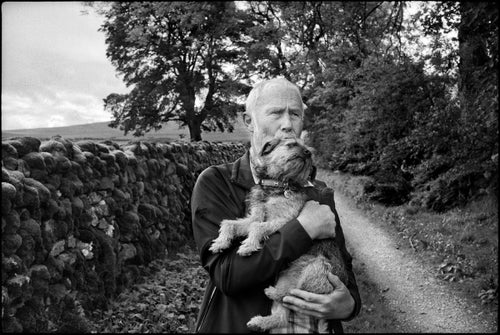
Chris Bonington
Born August 6, 1934
Photographed in 2010
Best known for: Many first ascents, including the south face of Annapurna
“I went to Bonington’s place up in Cumbria. We know him so well from his 17 books. He’s been a master promoter of himself, a master tactician—that’s one of his geniuses besides his climbing talent, these expeditions he’s organized and funded. He’s got lots to do, but he gave me hours during the day. He has shelves of Kodachrome slides from decades of expeditions. I could have spent six months looking at his things. He’s a cool guy, but he’s a heavyweight, too. Even on the phone, you feel like you’re talking to the president. Seven seconds to say my thing.
“As far as the photo is concerned, you show up at someone’s house and you’re kind of in their world. People are usually tight with their dogs. He loved his. And he’s carrying the dog, and I was snapping photos while we were walking around his property and talking. He’s one of the most photographed climbers who’s ever lived, I would imagine. I wanted something a little looser than the norm. The shot shows a different side of the heroic Bonington you always see. Just like you were there without a camera, really.”
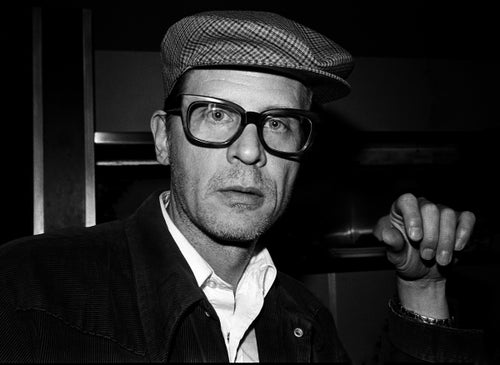
Herrington (pictured) admits that his approach was more intuitive than strategic, bootstrapped with spare change and pulled off in his spare time—which translated into omissions. Though he says the book would have become unwieldy as he added more, he’s not happy about those not present. (Where, for example, are Edmund Hillary or Maurice Herzog? And the women? Arlene Blum, Barbara Lilley, Irene Beardsley, and Jan Conn are still alive and well.) Some demurred when Herrington asked for their images. The legendary Pole, Voytek Kurtyka, refused to participate in a project that he characterized, albeit politely, as ghoulish: visually eulogizing the soon-to-be-dead. “I’m not there yet,” he wrote to Herrington. And the late Warren Harding denied Herrington his image after the two had a falling out, a schism that still rankles. “Goddamn, I wanted Warren more than anybody.”
Child’s narrative acknowledges many of those missing. And Herrington more than achieves his aims: to both inspire and provoke his readers to reflect on how we’re transacting our own lives, which end all too quickly. “Aging is a big theme in this book, and obsession, and the devotion you put into things, and how it can affect friendships and marriages and finances,” he says. “It’s interesting to see when someone’s 90, whether they thought it was worth it, achieving this great thing.”
Interview answers have been edited for length and clarity.